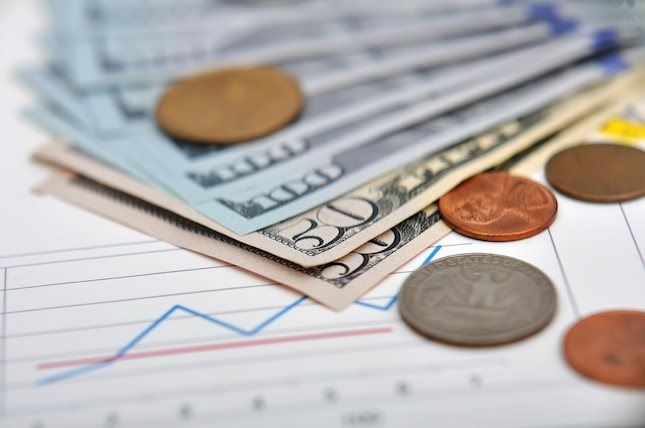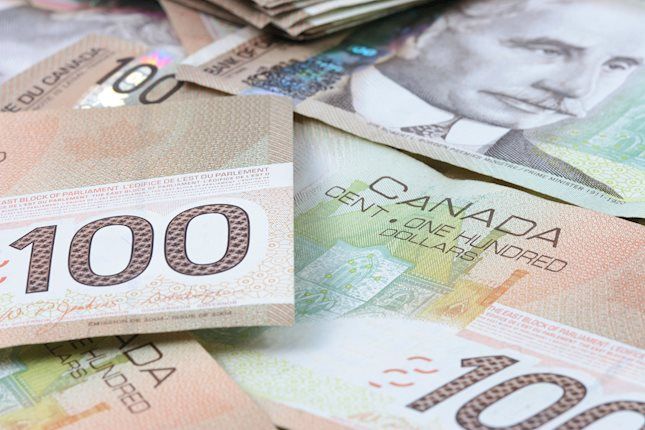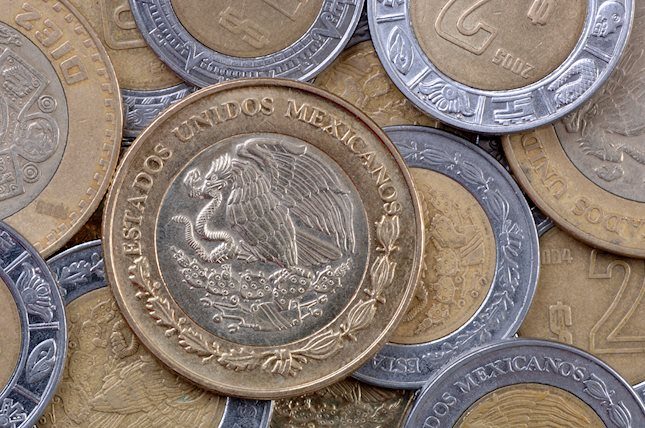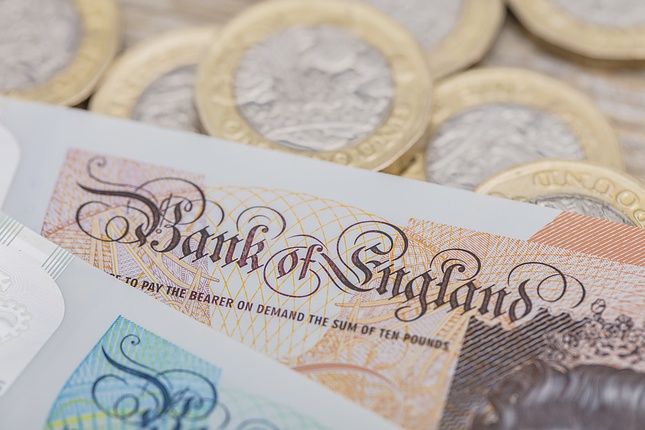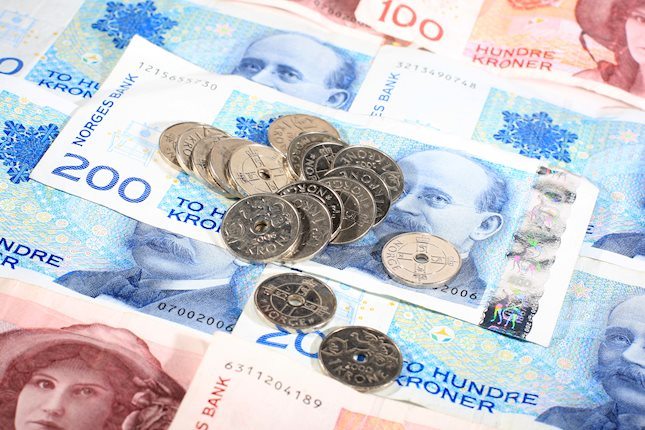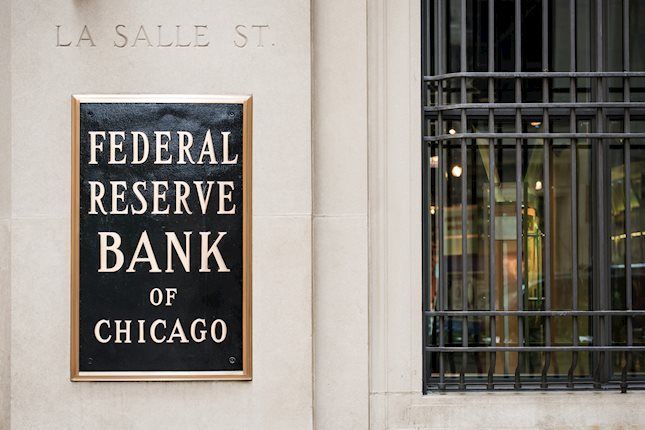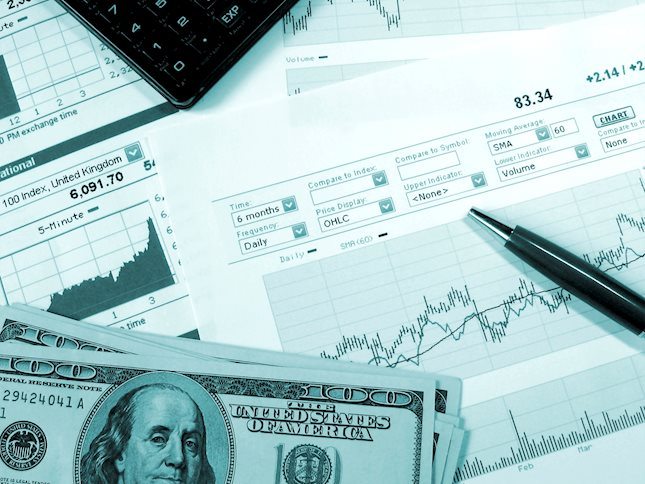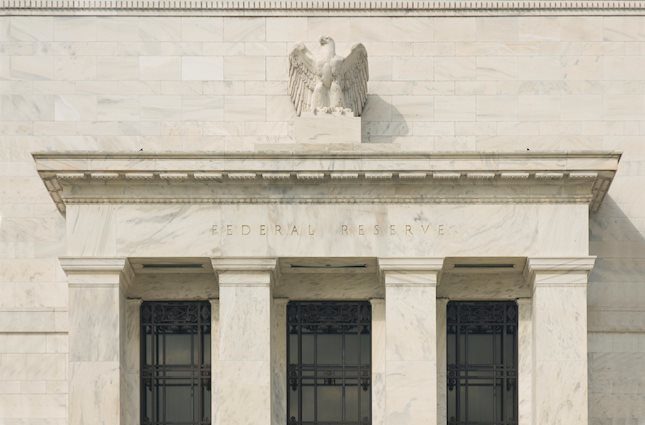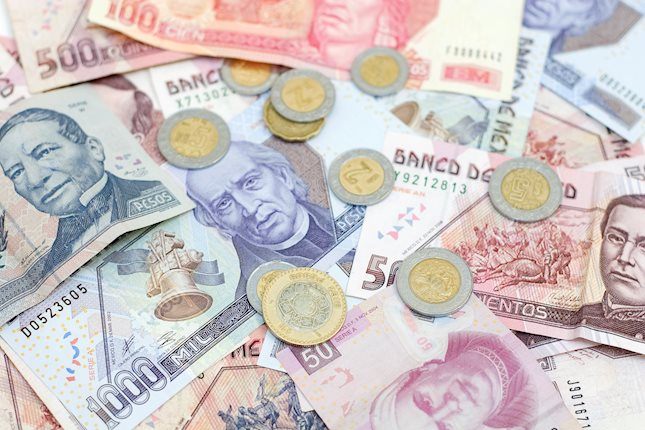Gold wanes as US Dollar soars, unfazed by lower US yields
- Gold down 0.4% as stronger USD, lower Treasury yields follow weak US jobs data.
- Missed US April Nonfarm Payrolls heighten focus on potential Fed rate adjustments in September.
- Market awaits Fed officials' comments and key data, including jobless claims and consumer sentiment indices.
Gold price slipped during the North American session, dropping around 0.4% amid a strong US Dollar and falling US Treasury bond yields. A scarce economic docket in the United States (US) would keep investors focused on Federal Reserve ( officials during the week after last Friday’s US employment report.
The XAU/USD trades at $2,315 after hitting a daily high of $2,329. The financial markets narrative is focused on when the Fed will begin to ease policy following the release of softer economic data. The US Department of Labor revealed that April’s Nonfarm Payrolls came in at 175K, missing estimates and trailing March’s upward revised 315K figure.
Following the data release, the CME FedWatch Tool shows odds for a quarter of a percentage point cut in September increased from 55% before the report to 85%.
Nevertheless, recent hawkish comments by Minneapolis Fed President Neel Kashkari, who said that the Fed might stand put on interest rates and opened the door to raising the federal funds rate if inflation doesn’t resume its downtrend, bolstered the Greenback.
The economic docket for the current week will examine further Fed officials crossing the wires, along with Initial Jobless Claims for the week ending May 4 and the preliminary release of the University of Michigan Consumer Sentiment.
Daily digest market movers: Gold price rises toward $2,320 as US yields fall
- Gold prices fell amid lower US Treasury yields and a strong US Dollar. The US 10-year Treasury note is yielding 4.457%, down three basis points (bps) from its opening level. The US Dollar Index (DXY), which tracks the Greenback's performance against six other currencies, rallies 0.52% to 105.42.
- Last Friday, April's US NFP missed estimates and trailed March's figures. That alongside the Institute for Supply Management (ISM) PMIs in the manufacturing and services sectors entering contractionary territory might undermine the US Dollar, a tailwind for the golden metal.
- Gold advancing more than 12% so far in 2024 is courtesy of expectations that major central banks would begin to reduce rates. Renewed fears that the Middle East conflict could resume between Israel and Hamas can sponsor a leg up in XAU/USD prices.
- According to Reuters, the People’s Bank of China (PBoC) continued to accumulate Gold for the 18th straight month, adding 60,000 troy ounces to its reserves amid higher prices.
- After the data release, Fed rate cut probabilities increased, with traders expecting 36 basis points of rate cuts toward the end of the year.
Technical analysis: Gold price slumps below $2,320
Gold’s uptrend remains in place despite retreating on Tuesday. According to the Relative Strength Index (RSI), momentum favors the buyers as the RSI stands in bullish territory. Therefore, buyers could capitalize on “buying the dip.”
If XAU/USD slumps past the $2,300 mark, that could put pressure on the bulls, as the latest cycle low is seen at the May 3 low of $2,233. Once cleared, that could open the door to test the 50-day Simple Moving Average (SMA) at $2,249.
On the other hand, if buyers lift the golden metal price, the next resistance would be the April 26 high, the latest cycle high at $2,352. Once cleared, the next stop would be the $2,400 threshold, followed by the April 19 high at $2,417 and the all-time high of $2,431.
Gold FAQs
Gold has played a key role in human’s history as it has been widely used as a store of value and medium of exchange. Currently, apart from its shine and usage for jewelry, the precious metal is widely seen as a safe-haven asset, meaning that it is considered a good investment during turbulent times. Gold is also widely seen as a hedge against inflation and against depreciating currencies as it doesn’t rely on any specific issuer or government.
Central banks are the biggest Gold holders. In their aim to support their currencies in turbulent times, central banks tend to diversify their reserves and buy Gold to improve the perceived strength of the economy and the currency. High Gold reserves can be a source of trust for a country’s solvency. Central banks added 1,136 tonnes of Gold worth around $70 billion to their reserves in 2022, according to data from the World Gold Council. This is the highest yearly purchase since records began. Central banks from emerging economies such as China, India and Turkey are quickly increasing their Gold reserves.
Gold has an inverse correlation with the US Dollar and US Treasuries, which are both major reserve and safe-haven assets. When the Dollar depreciates, Gold tends to rise, enabling investors and central banks to diversify their assets in turbulent times. Gold is also inversely correlated with risk assets. A rally in the stock market tends to weaken Gold price, while sell-offs in riskier markets tend to favor the precious metal.
The price can move due to a wide range of factors. Geopolitical instability or fears of a deep recession can quickly make Gold price escalate due to its safe-haven status. As a yield-less asset, Gold tends to rise with lower interest rates, while higher cost of money usually weighs down on the yellow metal. Still, most moves depend on how the US Dollar (USD) behaves as the asset is priced in dollars (XAU/USD). A strong Dollar tends to keep the price of Gold controlled, whereas a weaker Dollar is likely to push Gold prices up.
Forex News
Keep up with the financial markets, know what's happening and what is affecting the markets with our latest market updates. Analyze market movers, trends and build your trading strategies accordingly.




